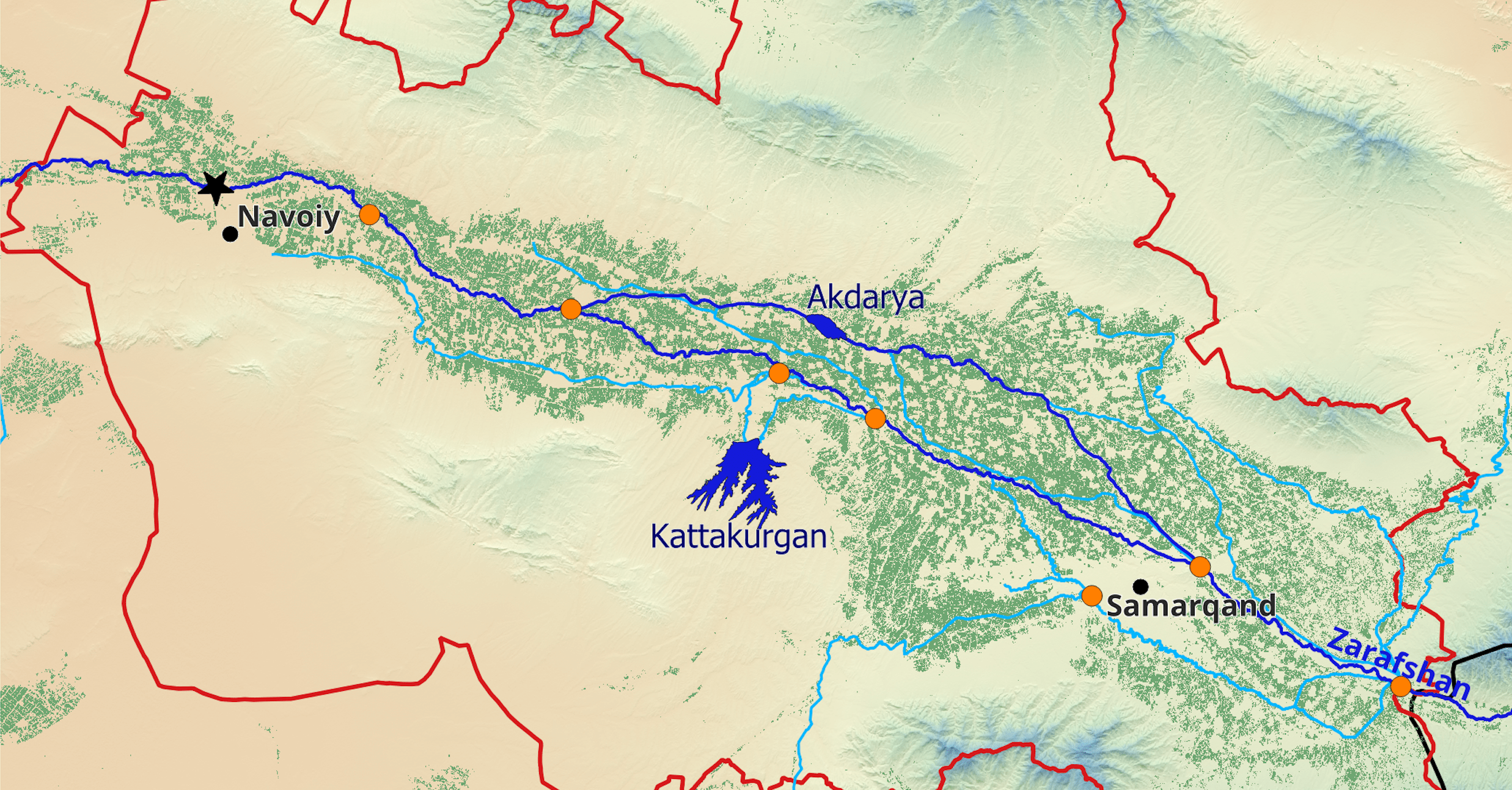ZH-Fiebermesser
City fever - measuring warming in city heat islands under a changing climate
day-time surface temperature increase, summers 1999-2019, average over Kanton of Zurich
night-time surface temperature increase, summers 1999-2019, average over Kanton of Zurich
urban heat island effect in the city of Zurich
root mean square error of satellite surface temperature data
This app enables users to examine the current distribution of summer surface temperatures in the Kanton of Zurich and track changes over time. The app allows understanding the impact of past land-use changes on the micro-climatic landscape, which is an enormously relevant topic considering intensifying heat waves and urban heat islands.
Several satellites are currently monitoring the Earth’s land surface temperature (LST) by thermal imagery. The satellites, which map the Earth’s surface in regular intervals and whose data are shared in near-real time and free of charge, are currently Landsat 7, Landsat 8, MODIS Terra and MODIS Aqua. Our Google Earth Engine web application uses the data from all these satellites to visualize surface temperature patterns and quantify associated trends. Contact us if you would like us to set up a similar app for your area of interest! The imagery is available globally and for all years since the year 2000 free of charge.

The ZH-Fiebermesser version of our app is a showcase for the hugely relevant findings that are possible based on these data. Based on the maps presented in this app we have identified more than 10 locations in the city of Zurich that have not yet been inventoried by the local authorities as heat hot spots. Most of these locations concerned football artificial turf fields. Remotely sensed LST can therefore complement existing station data and heat distribution models. The web application represents an ideal tool for monitoring/controlling and documenting heat reduction efforts and for making existing trends visible to the public.
This web application is a side-product of a feasibility study for geothermal energy usage in a Chinese model city (Xiong’an New Area). We found that shallow underground temperatures are intrinsically tied to temperature changes at the soil surface. To monitor soil surface temperatures, this feasibility study thus suggested using remotely sensed data obtained from MODIS satellites. Each of the two MODIS satellites collects thermal imagery from Xiong’an New Area twice daily, which allows monitoring changes in surface temperature in near real-time.
Downloads
More Projects






